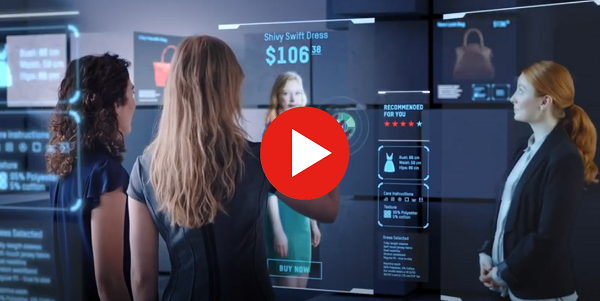The last few months have been the most turbulent for the UK high-street in living memory. In a speech from Boris Johnson announcing lockdown, on 23rd March, the retail sector was put into an immediate state of stasis.
From 15th June, the government delivered what it billed as a lifeline to the sector, with non-essential retail such as clothes stores, book and record shops allowed to reopen. A sigh of relief for some, initially – but it’s already proved not to be the brick and mortar bounce-back that many had hoped for.
In June, according to the ONS, 31% of total retail sales were still online. Compared to February 2020, when the ONS reported that 19% of overall retail sales were online, it’s clear that online is still snapping up offline shopping revenues. More to the point, there are already signs that, on the high street at least, consumers won’t be in such a rush to return to old habits.
As Ocado’s Chief Executive, Tim Steiner, recently noted in a statement to the press, “the world as we know it has changed. As a result of Covid-19, we have seen years of growth in the online grocery market condensed into a matter of months; and we won't be going back.”
Permanent shifts in consumer habits
It’s a phenomenon that hasn’t gone unnoticed here at NTT DATA. Our own recent survey of 2,000 British consumers highlighted a clear trend towards online shopping as a result of lockdown – and the results seem to indicate a permanent redrawing of the retail landscape. While 27% of shoppers said they already shopped online pre-pandemic, a further 26% consumers have joined them during the lockdown. And looking ahead, 56% of those who have transitioned to online shopping as a result of coronavirus say they will continue to shop online post pandemic. In light of data like this, it’s probably that, even for relatively healthy retailers, the COVID-19 crisis will be an opportunity to re-evaluate how big their store estates should be and how they work alongside ecommerce operations.
Stores won’t disappear of course – after all, even in the midst of a pandemic, two thirds of retail sales are still taking place offline – but retailers will need to have clear strategies for getting more people through their doors in the coming month. Above all, for footfall to pick up more rapidly, they will need to convince customers that a visit to a physical shop will not significantly increase their risk of exposure to COVID-19.
Digital as the path to customer safety
People are now no longer only focused on satisfaction; they’re concerned about staying healthy. And expectations have already risen in step: of those intending to return to shops as lockdown eases, 54%, according to NTT DATA’s research, expect open plan stores that enable them to remain a safe distance from fellow store-goers.
Retailers have already gone some way to delivering this, with new policies and shop layouts designed to disperse customers out across the store. But there are also opportunities, and indeed real consumer appetite, for technology to play a part too.
According to our research, a quarter of customers, for example, expect to be able to speak virtually to a shop assistant to help them with their clothes and product shopping – rising to 1 in 3 under 35s. When asked about how likely after lockdown shoppers will be to use augmented reality to see how clothes look without physically trying them on, 23% say they would be more likely or much more likely – rising to 38% in the under 35s. And 29% of those surveyed by NTT DATA said they would like access to cashless stores, which utilise smartphone QR codes to register a person’s entrance to the store and automatically charge you for your selected items when you leave.
Doubling down on digital
While the retail landscape is currently filled with uncertainty, it’s clear that, both online and in store, providing exceptional digital experiences is even more of a priority, and in this respect, retailers will need to go the extra mile for their customers. On the high street, building a safe, pleasurable customer experience will require innovative digital solutions customers back to spending. Online, retail brands will need to be bold and visible in an increasingly cluttered digital space. These online experiences should in some senses emulate those of shopping in store – with a focus on personalisation and ease of browsing.
Whatever the future may hold, retailers can be certain of one thing: technology will have a critical role to play in this brave new world. Retail is now moving to a post-multichannel world, dominated by digital and mobile-first offerings. For those willing to embrace this digital approach, a more immersive and resilient future beckons.
